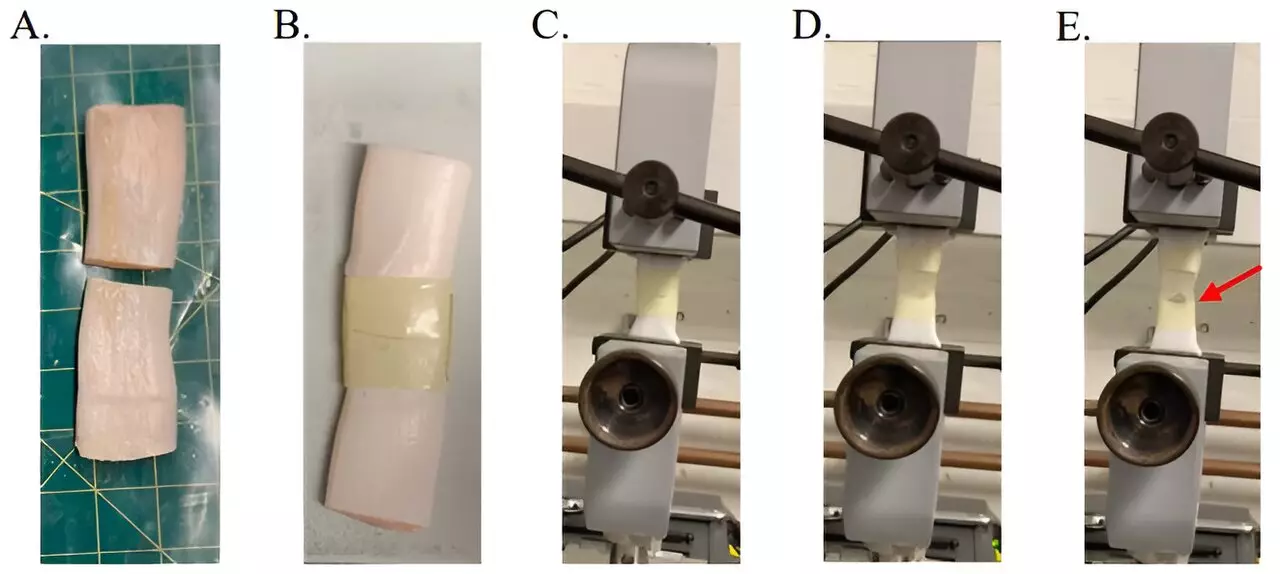In an increasingly eco-conscious world, the emergence of sustainable materials is more crucial than ever. A recent study by a dedicated team of bioengineers from the University of California, Berkeley, offers promising developments in the realm of environmentally friendly adhesives. Their groundbreaking work demonstrates the potential of novel polymer technologies that could redefine how we approach adhesion in various sectors, from construction to medicine. Published in the esteemed journal *Science*, their findings position these adhesives as viable substitutes for traditional, often hazardous, products.
At the core of this pioneering research lies α-lipoic acid (αLA), a naturally occurring fatty acid. Historically, polymers utilized in adhesives have been the products of petrochemical processes, notorious for their impact on the environment. This research team took a bold step by harnessing αLA, creating a family of adhesives that are not only effective but also easily biodegradable. The use of an electrophilic stabilizer was pivotal in preventing depolymerization, thus enabling a wide array of applications without the risk of environmental damage.
The contributions of chemist Zhibin Guan from the University of California, Irvine, further contextualize these advancements. His commentary in the same journal issue highlights the limitations of existing polymer adhesives, which are often designed for specific materials, leading to inefficiencies and increased ecological impacts. The initiative at UC Berkeley addresses these challenges head-on, presenting versatile adhesive solutions tailored to a multitude of applications.
The research team rigorously tested their αLA-based adhesives, unveiling impressive performance metrics. Notably, the team discovered that one of the pressure-sensitive adhesives exhibited tenfold the peel strength compared to conventional alternatives, while remaining functional in both wet and dry environments. This remarkable durability fulfills a critical demand in both industrial and residential contexts where adhesives are subjected to a variety of conditions.
Moreover, the new adhesive family exhibits comparable bonding strengths to traditionally used petroleum-based products. One of the most exciting characteristics is their self-healing property, particularly relevant for medical applications where materials must withstand strain yet remain safe for biological environments. The implications for medical devices, wound care, and other healthcare products are significant, enhancing both safety and effectiveness.
In addition to performance, sustainability is a hallmark of this research. The team has developed an innovative closed-loop recycling process, enabling the creation of new adhesives from previously used ones simply by adding an aqueous medium. This approach not only minimizes waste but also encourages a circular economy model that many industries are striving to achieve.
The implications of this research are extensive, promising a future where adhesives transition towards a more sustainable paradigm. With growing awareness and demand for environmentally friendly alternatives, the developments from UC Berkeley not only represent a significant scientific achievement but also a crucial step towards a greener future.
The work done by this research team signifies a transformative shift in adhesive technology. By emphasizing sustainability without compromising performance, they pave the way for a new generation of materials that respect both human needs and ecological boundaries.

